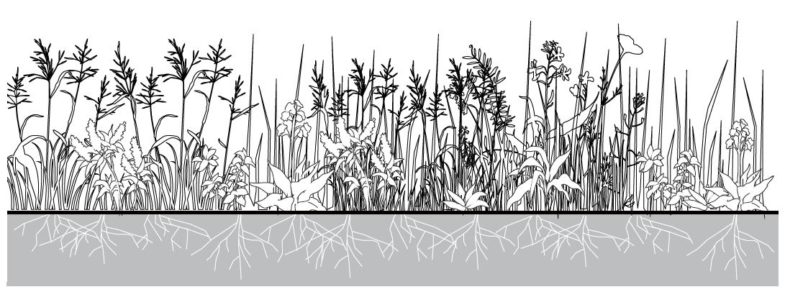
If it was required to simplify education in landscape architecture and architecture, it could be phrased as the following. A degree in landscape architecture was studying to design more for the environment and time spent in architecture school was learning to design more for people. But what about the combination of both? Where and how do they relate and integrate with each other?
This assignment will strive to bridge the two disciplines by exploring the connections between human and non-human as well as living and non-living. It will attempt to study the relationships between flora, fauna, people and their environment in order to create a guide that takes into consideration the places where they intersect. Similarly, to Esther Woolfson’s Field Notes from a Hidden City, the project will examine human attitudes towards urban and non-urban wildlife. People have preconceived notions and biases towards most species, we our repulsed by snakes, scared of spiders, flinch when we see bats and attempt to eradicate everything that is considered to be a “weed”. Although we would like to avoid them, the flora and fauna surrounding us are still essential components of nearby ecosystems and should be accounted for in the design of built form. Simple and small design modifications to everyday infrastructure can function to contribute as micro habitats for a variety of species.
So how do we begin to start designing for the non-human? By observing our surroundings, making note of the species that live among us, and recognizing the intentional or unintentional habitat our infrastructure creates. Each student will study their environment and surroundings on a route that they take daily. It can be driven, walked or ran, a daily commute or a daily walk. They will attempt to draw, map, collage and note the visible or invisible connections between flora, fauna, human and non-human, built form and natural environment. The notebook produced will be a compilation of previous education, personal observations and research.